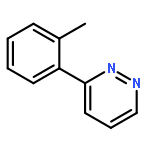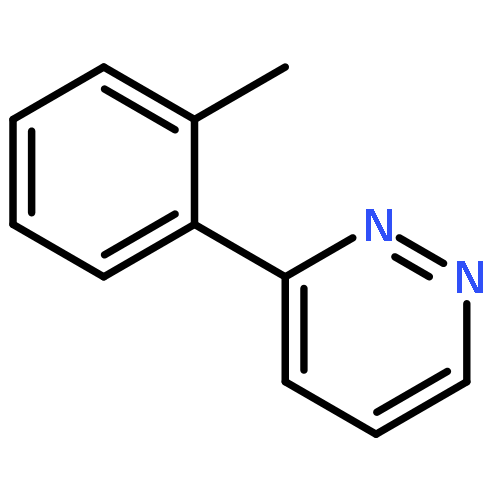Co-reporter:Matthew G. Lauer, Benjamin R. Headford, Olivia M. Gobble, Michelle B. Weyhaupt, Deidra L. Gerlach, Matthias Zeller, and Kevin H. Shaughnessy
ACS Catalysis 2016 Volume 6(Issue 9) pp:5834
Publication Date(Web):July 26, 2016
DOI:10.1021/acscatal.6b01541
A method for the selective cross-dimerization of terminal aryl alkynes with propargyl alcohols to afford linear (E)-enynol products is reported. The complex [Pd(μ-κ2-O,O-OAc)(κ2-C,P-(t-Bu)2PCH2C(Me)2CH2)]2 selectively affords (E)-5-aryl-2-en-4-yn-1-ol products in good yields under mild conditions with high chemo-, regio-, and stereoselectivity. In contrast, previously reported examples of this reaction afford the branched 4-aryl-2-hydroxymethanol-1-buten-3-yne. Propargyl amides are also selectively cross-dimerized, but with lower regioselectivity for the linear enyne. The method has been applied to the synthesis of (E)-5-phenyl-2-penten-4-yn-1ol, which is a precursor to type 2 diabetes drug candidate NNC 61-4655, in 72% yield from phenylacetylene and propargyl alcohol. The palladacycle precatalyst reacts with aryl alkynes to afford the first example of a dimeric palladacycle complex with a μ-κ2-C1,C1-bound acetylide ligand. This complex is observed during the catalytic reaction and is a competent precatalyst.Keywords: alkyne dimerization; enyne; hydroalkynylation; palladacycle; μ-acetylide complex
Co-reporter:Jane N. Moore, Nicholas M. Laskay, Kevin S. Duque, Steven P. Kelley, Robin D. Rogers, Kevin H. Shaughnessy
Journal of Organometallic Chemistry 2015 Volume 777() pp:16-24
Publication Date(Web):1 February 2015
DOI:10.1016/j.jorganchem.2014.11.011
•A one pot method to synthesize 4-sulfonatobenzylphosphines from ethyl 4-(bromomethyl)benzenesulfonate is reported.•The zwitterionic phosphonium sulfonate preligands have been structurally characterized.•Ligands provide effective catalysts for aqueous-phase Suzuki and Sonogashira couplings of aryl bromides.Aqueous-biphasic catalysis offers the potential for safer and more environmentally sustainable synthetic processes. In addition, hydrophilic supporting ligands allow homogeneous catalysts to be readily separated from organic products and potentially reused. The synthesis of two new water-soluble ligand precursors, di-tert-butyl(4-sulfonatobenzyl)phosphonium and di-1-adamantyl(4-sulfonatobenzyl)phosphonium, are reported. The air-stable, zwitterionic phosphonium salts were prepared by the reaction of dialkylphosphines with ethyl 4-bromomethylbenzenesulfonate, which results in a one-pot alkylation followed by deprotection of the ethyl sulfonate. This methodology provides an operationally simpler route to sulfonated benzylphosphines than electrophilic sulfonation. The new phosphine ligands were applied to aqueous-phase Suzuki and Sonogashira couplings of aryl bromides.A novel one-pot alkylation/deprotection approach to the synthesis of zwitterionic benzylphosphonium sulfonate ligands is reported. The resulting ligands provide effective catalysts for the Suzuki and Sonogashira coupling of aryl bromides in water or water/organic solvent systems.
Co-reporter:Steven M. Raders;Jessica M. Jones;Jeffrey G. Semmes;Steven P. Kelley;Robin D. Rogers
European Journal of Organic Chemistry 2014 Volume 2014( Issue 33) pp:7395-7404
Publication Date(Web):
DOI:10.1002/ejoc.201402474
Abstract
Di-tert-butylneopentylphosphine (DTBNpP) and palladium(II) acetate provide an efficient catalytic system for the α-arylation of ketones. Aryl bromides were coupled with ketones using 0.25–0.5 mol-% Pd(OAc)2/DTBNpP in toluene at 50 °C, whereas aryl chlorides required a higher catalyst loading (0.5–2.0 mol-%) and a higher temperature (80 °C). Coupling of 2-bromophenol with ketones using the Pd/DTBNpP system provides an efficient route for the synthesis of benzofurans.
Co-reporter:Matthew G. Lauer, Mallory K. Thompson, and Kevin H. Shaughnessy
The Journal of Organic Chemistry 2014 Volume 79(Issue 22) pp:10837-10848
Publication Date(Web):October 21, 2014
DOI:10.1021/jo501840u
The use of neopentyl phosphine ligands was examined in the coupling of aryl bromides with alkenes. Di-tert-butylneopentylphosphine (DTBNpP) was found to promote Heck couplings with aryl bromides at ambient temperature. In the Heck coupling of cyclic alkenes, the degree of alkene isomerization was found to be controlled by the choice of ligand with DTBNpP promoting isomerization to a much greater extent than trineopentylphosphine (TNpP). Under optimal conditions, DTBNpP provides high selectivity for 2-aryl-2,3-dihydrofuran in the arylation of 2,3-dihydrofuran, whereas TNpP provided high selectivity for the isomeric 2-aryl-2,5-dihydrofuran. A similar complementary product selectivity is seen in the Heck coupling of cyclopentene. Heck coupling of 2-bromophenols or 2-bromoanilides with 2,3-dihydrofurans affords 2,5-epoxybenzoxepin and 2,5-epoxybenzazepins, respectively.







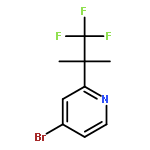

![Pyrrolo[3,4-c]pyrrole-1,4-dione, 2,5-dihydro-2,5-bis(2-octyldodecyl)-3,6-di-2-thienyl-](/data/chemimg/139000/1267540-02-2.png)
![Pyrrolo[3,4-c]pyrrole-1,4-dione, 2,5-dihydro-2,5-bis(2-octyldodecyl)-3,6-di-2-thienyl-](/data/chemimg/139000/1267540-02-2_b.png)


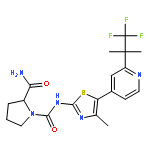
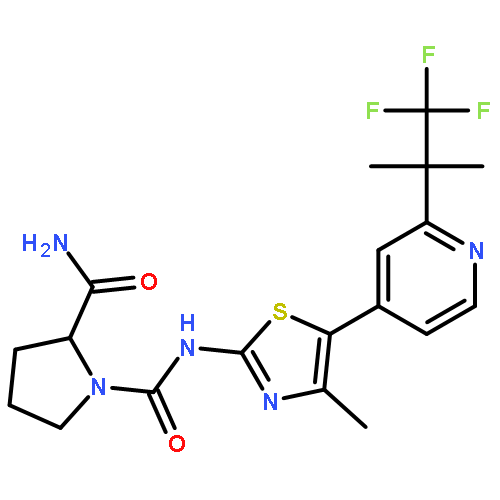
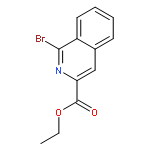

![3-[(4-METHOXYBENZYL)OXY]-1,2-PROPANEDIOL](http://img.cochemist.com/ccimg/1037800/1037746-91-0.png)
![3-[(4-METHOXYBENZYL)OXY]-1,2-PROPANEDIOL](http://img.cochemist.com/ccimg/1037800/1037746-91-0_b.png)
